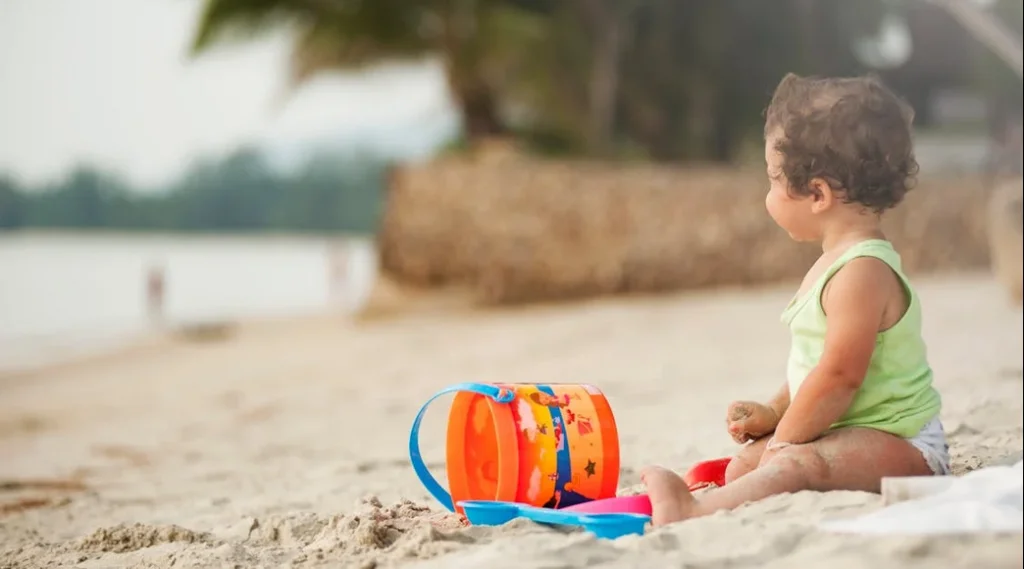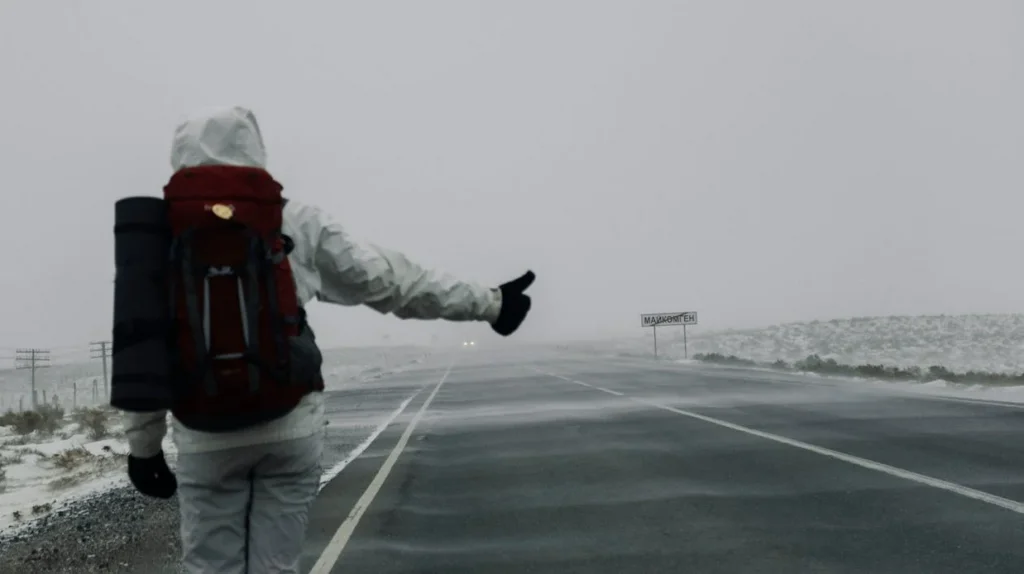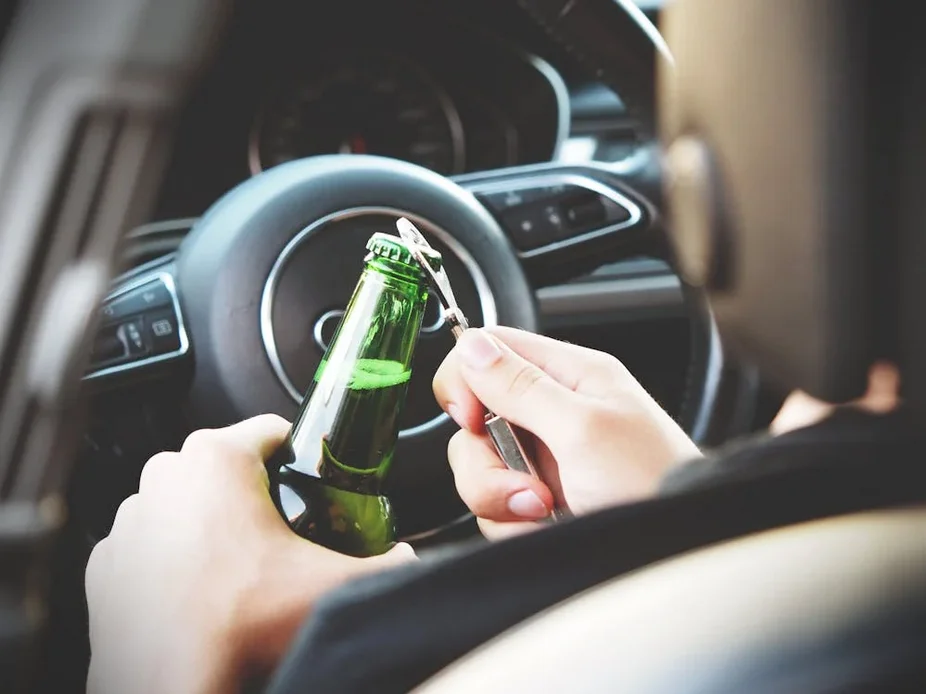Remember when orange shag carpeting was the height of interior design and nobody batted an eye at chain-smoking in hospital waiting rooms? The 1970s were truly a different era—one where many everyday practices that seemed perfectly normal then would raise serious eyebrows (or even legal concerns) today. Let’s take a nostalgic trip back to a time when seat belts were optional, lead paint was common, and parents told their kids to “be home before dark” as their only form of supervision.
1. Constant Sun Exposure Without Sunscreen

Bronze, deeply tanned skin was considered the ultimate beauty standard, with magazines encouraging readers to slather on baby oil and lie in the sun for hours. People proudly displayed their “healthy tans” and competed for who could achieve the darkest color, often using reflective tanning boards to intensify the sun’s rays on their faces. Sunburns were considered an unfortunate but necessary step in the tanning process, with peeling skin seen as just part of the summer experience. These days, National Children’s Hospital stresses the absolutely vital importance of sunscreen for everyone.
The idea of SPF protection was in its infancy, with many people actively avoiding the few sunscreens available because they interfered with tanning. Dermatologists today would be aghast at the sight of ’70s sunbathers covered in Crisco, coconut oil, or specialized “tanning accelerators” designed to enhance UV absorption rather than block it. The connection between UV exposure and skin cancer was poorly understood by the general public, leading to behaviors that current medical professionals would consider recklessly dangerous.
2. Free-Range Parenting Taken to Extremes

Children in the ’70s routinely left home on their bicycles in the morning and didn’t return until dinner, with parents having absolutely no idea of their whereabouts in between. We roamed neighborhoods, explored woods, and visited friends miles away with no cell phones, no check-ins, and often no supervision whatsoever. Summer vacation meant weeks of unstructured time where kids created their own entertainment and resolved their own conflicts without adult intervention. Let Grow remembers a range of roughly five hours of unsupervised outdoor play time.
Today’s parents would likely face child services investigations for allowing the degree of independence that was standard in the 1970s. The idea of elementary school children walking home alone, playing unsupervised at parks miles from home, or being left in the car while parents shopped would spark heated debates on social media platforms. The shift from “be home when the streetlights come on” to today’s carefully monitored playdates represents one of the most dramatic cultural changes in child-rearing philosophy.
3. Car Safety? What Car Safety?

Families piled into station wagons with children bouncing freely in the back, sometimes lying across the rear window ledge or sitting on laps without anyone considering it dangerous. Seat belts existed but were often tucked away unused, with many cars having no more than lap belts that were considered optional accessories rather than essential safety equipment. Infants rode in flimsy plastic carriers that simply sat on the seat rather than being secured, while toddlers stood on the front passenger seat for a better view of the road. Clark Foundation really puts into perspective the evolution of car safety across the decades.
The contrast with today’s rigorous car seat laws and safety protocols couldn’t be more stark, with children now secured in age-appropriate restraints until they’re practically teenagers. Modern parents would be horrified at the sight of babies held in mothers’ arms in the front seat or kids piled like puppies in the back of a pickup truck cruising down the highway. The casual attitude toward automobile safety reflected a broader cultural mindset that accepted significantly higher levels of risk in daily life.
4. Smoking Everywhere

Lighting up a cigarette was as common as checking your watch, with ashtrays adorning every restaurant table, airplane armrest, and office desk in America. You could smoke in hospitals, department stores, and even during job interviews without anyone thinking twice about it. The thick haze of cigarette smoke that hung in the air of enclosed spaces was simply accepted as part of the ambiance, with non-smokers expected to tolerate it without complaint.
Public attitudes about smoking have undergone such a dramatic shift that today’s youth might find it hard to believe cigarettes were once advertised by doctors. Modern smoking bans and health warnings would have seemed bizarrely restrictive to the average ’70s citizen who routinely flew in smoke-filled airplane cabins. The idea that buildings would someday have designated smoking areas—let alone completely ban smoking—would have seemed like science fiction to a generation that considered lighting up a fundamental right.
5. Lead Paint and Asbestos Everywhere

Homes and schools were routinely painted with lead-based paint, and asbestos insulation was considered a standard building material praised for its fire-resistant properties. Children played near construction sites where asbestos dust filled the air, and homeowners proudly installed asbestos tile flooring without protective equipment. Lead pipes carried drinking water to many homes, while lead solder connected copper pipes in newer construction without anyone raising health concerns.
The average person had no idea that these common materials could cause serious developmental problems, cancer, or other health issues later in life. When removing old wallpaper or sanding down woodwork, people generated clouds of lead dust that settled on furniture and toys without realizing the danger to their families. The casual approach to these now-recognized toxins reflects how dramatically our understanding of environmental health hazards has evolved since the bell-bottom era.
6. Hitchhiking as Common Transportation

Sticking out your thumb to catch a ride with strangers was a standard method of transportation, particularly for young people looking to travel on a budget. College students routinely hitchhiked home for holidays, and it wasn’t unusual to see people of all ages standing by highways with cardboard signs indicating their destinations. Drivers frequently stopped to offer rides to strangers without feeling they were taking undue risks.
Picking up hitchhikers was considered a common courtesy rather than a dangerous activity, with many people seeing it as a way to meet interesting characters and share stories during long drives. The cultural shift away from hitchhiking represents changing attitudes about stranger danger and personal safety that would make most ’70s travelers barely recognize today’s transportation norms. The decline of this practice reflects broader societal changes in trust, community connection, and risk assessment that have fundamentally altered how we interact with strangers.
7. Children’s Playgrounds of Danger

Playgrounds featured equipment installed over concrete or packed dirt, with towering metal slides that reached blistering temperatures in summer sun. The merry-go-rounds spun at terrifying speeds with nothing to prevent children from flying off, while see-saws could launch a child several feet into the air if their partner suddenly jumped off. Jungle gyms stretched 10-12 feet high with no safety surfacing below to cushion inevitable falls.
Playground injuries were considered a normal part of childhood, with the philosophy that kids would “learn to be more careful next time” after getting hurt. Modern parents would likely call emergency services at the sight of children playing on the death-defying equipment that was standard issue in every park and schoolyard across America. The wooden splinters, rusty metal, pinched fingers, and concussions that regularly resulted from ’70s play equipment would trigger liability lawsuits and safety investigations in today’s more protective environment.
8. Drinking and Driving Was Barely Taboo

Having a few drinks before driving home was widely accepted, with open containers in vehicles being perfectly legal in many states. Office workers routinely stopped for “one for the road” before driving home, and alcohol was served at highway rest stops in some regions of the country. The legal blood alcohol limits were much higher than today’s standards, with enforcement being spotty at best.
The idea of designated drivers hadn’t yet entered the cultural consciousness, and people regularly joked about driving “under the influence” without social stigma. Holiday parties often ended with clearly intoxicated guests getting behind the wheel with nothing more than a casual “drive safe” from their hosts. The dramatic shift in attitudes toward intoxicated driving represents one of the most significant public health successes in recent decades, driven by advocacy groups and changing social norms that would shock many ’70s adults.
9. Casual Diet Pill Use

Diet pills containing amphetamines were casually prescribed by doctors and discussed openly among housewives looking to maintain their figures. Women would visit their physicians specifically requesting “diet pills” and would receive prescriptions with minimal questions about potential side effects or addiction risks. These stimulants were treated more like vitamins than controlled substances, with many women taking them for years without medical supervision.
Magazine advertisements promoted various weight loss supplements with promises of effortless slimming and increased energy, often featuring before-and-after photos of dramatically transformed users. The casual attitude toward prescription stimulants reflected broader cultural norms about women’s bodies, weight management, and pharmaceutical use that would alarm today’s medical professionals. Many doctors now view the widespread prescription of these medications as an embarrassing chapter in medical history that prioritized appearance over health.
10. Environmental Pollution as Progress

Factory smokestacks belching black clouds were proudly featured in corporate advertising as symbols of productivity and industrial might. Rivers and lakes routinely received untreated industrial waste, with many waterways changing colors based on what dyes or chemicals were being dumped that week. Cars produced thick exhaust without catalytic converters, and leaded gasoline was the standard fuel despite growing evidence of its harmful effects.
Littering was commonplace, with people casually tossing trash from car windows or leaving picnic waste behind without social consequences. The idea that environmental protection might sometimes take precedence over industrial growth would have seemed radical to many ’70s citizens who equated pollution with economic progress. The stark contrast between then and now highlights how dramatically public consciousness about environmental issues has evolved, from Lady Bird Johnson’s early anti-littering campaigns to today’s complex sustainability initiatives.
11. Casual Approach to Food Safety

Families regularly left mayonnaise-based salads sitting in summer sun at picnics, with food safety being more about avoiding visible spoilage than preventing bacterial growth. Raw eggs were consumed in homemade eggnog, caesar salad dressing, and cookie dough without concern, while meat was often left marinating on countertops for hours. Hand washing before food preparation was inconsistent at best, with many home cooks moving directly from handling raw chicken to preparing other dishes.
Restaurant kitchens operated without many of the strict sanitation protocols considered essential today, and home canning methods sometimes ignored botulism risks. The casual approach to food handling reflected limited public awareness of foodborne illness risks and fewer regulatory safeguards throughout the food supply chain. Today’s food safety guidelines would seem absurdly cautious to ’70s homemakers who routinely left Friday’s dinner sitting on the stove to be reheated for Saturday’s lunch.
12. Corporal Punishment as Standard Discipline

Physical punishment was considered not just acceptable but necessary for proper child-rearing, with wooden paddles displayed prominently in school principals’ offices and homes. Children could be spanked by parents, teachers, principals, coaches, and even neighbors without anyone questioning the practice or its potential psychological impact. The phrase “wait until your father gets home” carried implied threats of physical consequences that were normalized across most of society.
Schools routinely used corporal punishment for infractions ranging from talking in class to dress code violations, with parents generally supporting these disciplinary measures. The dramatic shift in attitudes toward physical discipline represents changing understandings of child development, psychology, and effective behavior management techniques. Many practices that were considered normal parenting in the ’70s would potentially trigger child welfare investigations today, reflecting one of the most significant parenting philosophy changes in recent generations.
The 1970s weren’t that long ago, yet in many ways they might as well be ancient history when we consider how dramatically social norms have shifted. What was once everyday behavior would now trigger heated debates, regulatory crackdowns, or even legal consequences. While we might feel nostalgic for the freedom and simplicity of that bygone era, it’s worth remembering that many changes represent genuine progress in safety, health, and environmental protection—even if we sometimes miss those wild and woolly days when orange shag carpeting ruled supreme.


